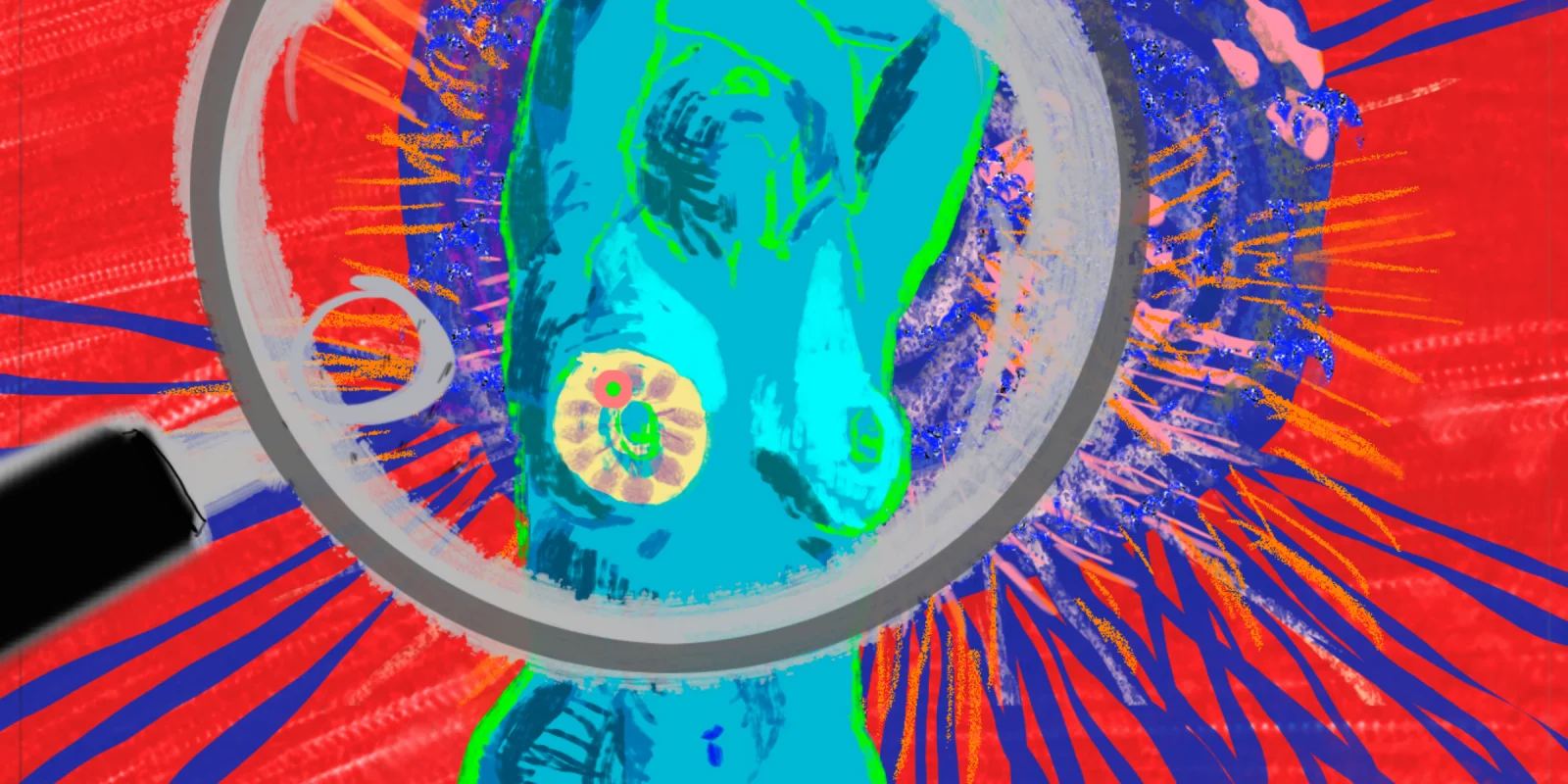Breast pathology forms the foundation upon which all subsequent therapeutic decisions are based. In order to receive the best possible breast care, women must first receive an accurate and high quality pathology diagnosis. Breast pathology has become markedly more complex in the last decade, mainly as a result of numerous scientific advances in understanding the molecular biology of breast cancer development and progression.
Breast pathology specialists are trained to practice as members of the multidisciplinary breast cancer team and play a key role in supporting their clinical colleagues in their decision making process in order to offer the most effective treatments to our breast cancer patients.
Since accurate and state-of-the-art diagnosis is the foundation of deciding the best possible breast cancer management options, this year SABCS offered a special Spotlight Session #6 (Thursday 12/10/20 at 3.30 pm) that focused specifically on “Novel Approaches to Breast Cancer Diagnosis; Pathology and Imaging.” I had the pleasure to chair the Breast Pathology part of this Spotlight Session focusing on “Digital Pathology and Artificial Intelligence applications in Breast Cancer Diagnosis.”
Artificial Intelligence (AI) is expected to transform the practice of medicine; the introduction of digital pathology, image analysis, and machine learning in pathology is thought to represent an early phase of such a transformation. To understand how this might happen we must first review the current workflow in pathology, which can be summarized as follows:
1. Tissue is removed from the body during a biopsy or a surgical procedure.
2. Sections of the tumor and surrounding tissue are submitted as per appropriate protocols.
3. Glass slides are created to be reviewed under the microscope.
4. The resident/fellow screens the slides and reviews them with the pathology attending.
5. Appropriate immunohistochemical (IHC) and molecular tests are ordered as needed to guide tumor classification and diagnosis.
6. Expert final diagnosis is rendered.
Digital pathology involves the use of computers to analyze specimens and store pathologic data, and has the potential to expand and enhance the work of the pathologist. Similar digital advances in the last decade helped improve the diagnostic ability and reproducibility of breast imaging. In some form, computers have been enhancing pathology and laboratory medicine for many decades now, since the time powerful computers became an integral component of the clinical pathology laboratory analyzing blood and urine samples.
This time around digital pathology and AI, programs promise to improve work flow in the surgical pathology lab and to enhance the diagnostic ability and reproducibility of the pathologic diagnosis. Early applications of this technology relied on classic computing, while more recent applications rely on machine learning AI technologies. Some of the practical applications of this powerful technology include:
1. Immunohistochemical biomarker detection and quantification.
2. Tumor detection, grading, and classification.
3. Minimal disease detection (for example, detection of micrometastases in the lymph nodes).
Screening steps like these will help separate cases for which expert pathology review is needed from negative cases that may not require further review, in a manner similar to the current practice of screening/review of pap smears by cytotechnologists first in the cytology laboratory.
The pathology abstracts presenting Digital Pathology (DP) and AI applications in breast cancer diagnosis during the SABCS Spotlight Session #6 discussed:
1. Use of DP and AI in order to enrich the group of responders to anti-HER2 therapies by identifying HER2-low expressing patients who are difficult to pick up by the classic IHC and FISH techniques.
2. Use of AI for grading breast tumors.
3. Use of AI in order to look at histology and predict the presence of homologous recombination deficiency so appropriately tailored therapy can be offered to these patients.
Dr. Michael Feldman, Professor of Pathology and Director of the Office of Pathology Informatics at the University of Pennsylvania Perelman School of Medicine discussed these innovative abstracts and helped put things in perspective. A live Q&A session answered a number of questions from a very interested audience.
The digital transformation of pathology that was already underway, has been further accelerated this year by the need to work remotely in the era of COVID-19.
In the not so distant future, AI technologies are expected to power almost every aspect of health care; their introduction and impact on radiology and pathology is just the beginning of this transformation. A number of regulatory, legal, ethical, data storage, and cybersecurity issues need to be thoughtfully addressed in order for these data science technologies to realize their powerful potential for the benefit of our breast cancer patients and the public in general.
K.P. Siziopikou, MD, PhD, is a Professor of Pathology and a Director of Breast Pathology and Breast Pathology Fellowship Program at Northwestern University, Chicago, IL.
Illustration by Jennifer Bogartz







